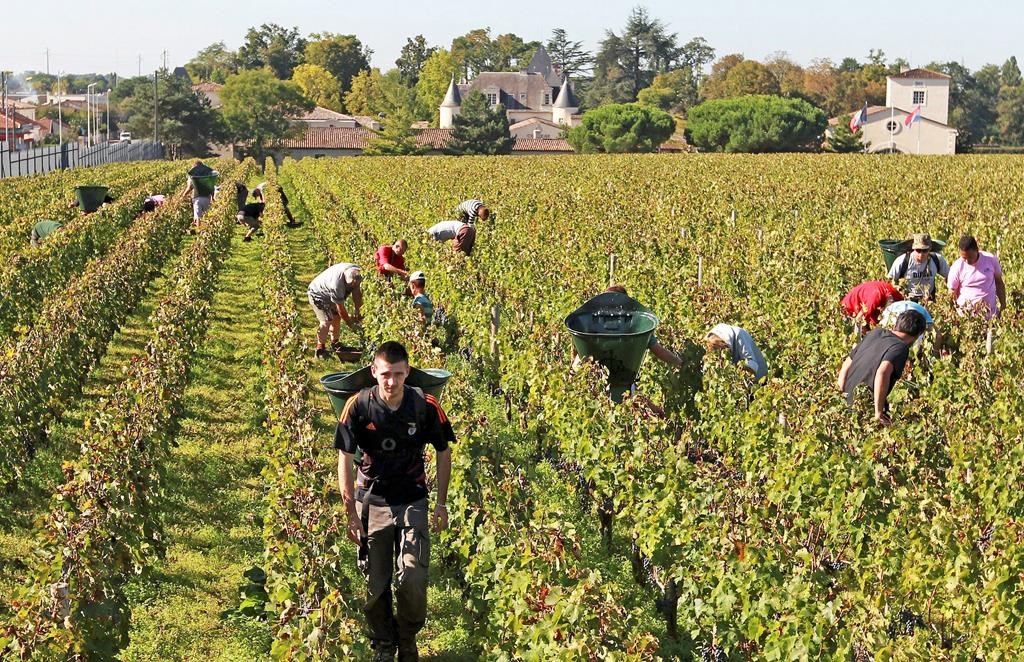Last year’s fires took a toll on at least one Okanagan winery.

In a blog published Thursday, the Mavety family, owners of Blue Mountain Winery, explained that the heavy smoke from 2021’s Thomas Creek wildfire in Okanagan Falls has decimated their most recent grape harvest.
“While attempts to mitigate the impact of the contamination were tried, the results did not meet the winery’s quality standards,” the Mavetys said in the post.
“We made the very difficult decision not to bottle the 2021 vintage simply because we were not willing to compromise the reputation, that we have worked tirelessly to establish over the past three decades. While this unparalleled interruption of production is disappointing for everyone … we are confident that we will resume making premium wines with the 2022 vintage.”

They went on to say that the vines weren’t actually affected by the Thomas Creek wildfire, which started in July and was active through to September.
Other wineries contacted to see if there were similar damages opted not to speak about the issues.
The effects of smoke on wine grapes can range from what’s referred to as influence or impact, which can be relatively minor, to smoke taint, where the wine is considered faulted.
Wildfire smoke is becoming a constant around the globe, given the escalation of forest fires, and the cost associated with the damage can be staggering. Australia’s wine industry was estimated to have taken $300 million in damage during the 2003 season.
- Ont. First Nation calls for chemical plant to be shut down amid ‘dangerously high’ benzene levels
- Ottawa looks to launch national flood insurance program within 12 months
- Nova Scotia scraps spring bear hunt idea, public ‘very divided’ on issue
- Ecuador rations power, declares emergency as drought limits hydro output
In turn, researchers are putting a lot of focus on it. Close to the Okanagan, a 2020 study by a team of UBC Okanagan researchers has led to the development of a preventative strategy for protecting grapes from volatile phenols — flavoured compounds present in smoke that may be absorbed into ripening grapes and subsequently impact wine flavour.
“It’s definitely one of, if not the, biggest concern wine-making communities are facing today,” Wesley Zandberg, assistant professor in chemistry at UBC Okanagan and study author, said in a press release when the study was published.
“When you look at the catastrophic wildfire seasons California and British Columbia have experienced in recent years, and the season Australia is experiencing now, I don’t think a solution can come quickly enough. Winemakers are under a lot of pressure to find a way to protect their crops.”

According to Zandberg, when wine grapes absorb compounds from smoke, the grapes react by coating the compounds in sugar using their enzymes. This sugar coating masks the smoky odour and taste of volatile phenols until it’s released again by yeast during the fermentation process.
That means many grape-growers can’t detect smoke taint until grapes are fermented, meaning producers have to wait weeks to know whether their plants are suitable or not.
Meanwhile, costs and risks mount as their crops sit on the vine.




Comments